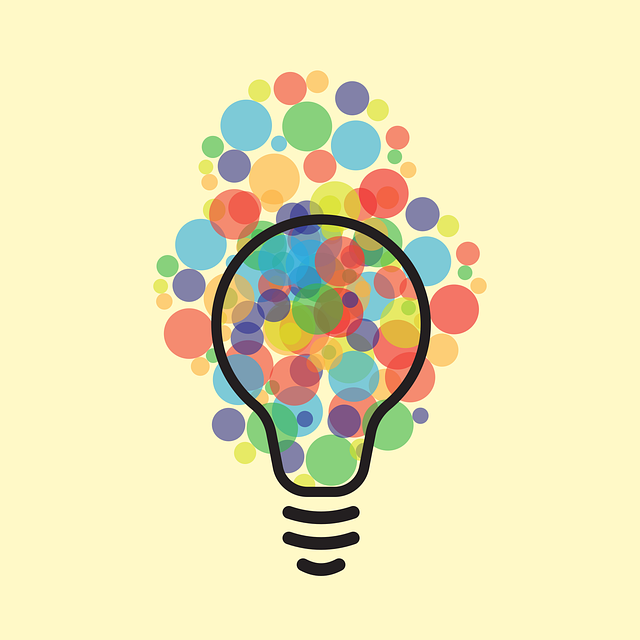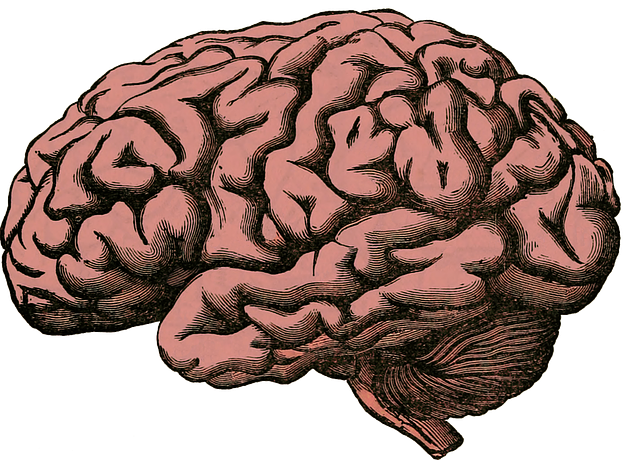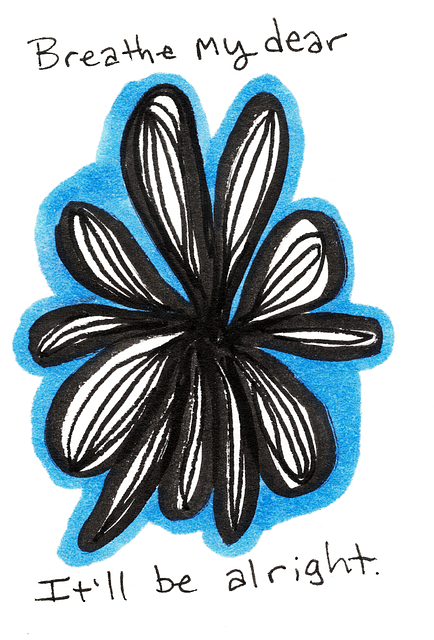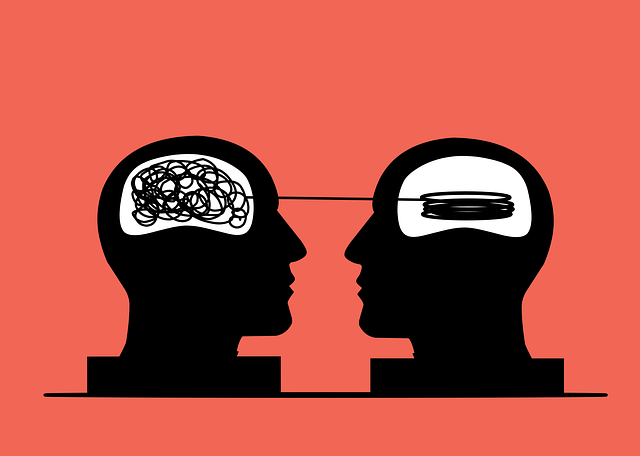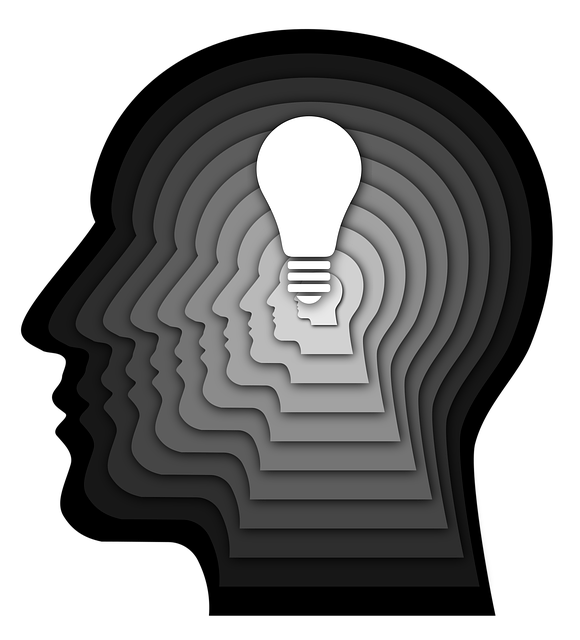The diagnosis of mental illness in young adults is a complex, evolving landscape, hindered by subjectivity in interpretation and non-traditional symptom presentations. Co-occurring conditions add to the challenge. To improve accuracy, holistic approaches like Self-Awareness Exercises, Communication Strategies, self-care routines, Somatic Experiencing therapy (focusing on trauma responses), and Mental Wellness Coaching Programs are gaining emphasis. These strategies empower young adults to engage in their healing process, improving disorder identification and mental wellness outcomes. Advocacy for better policies is crucial to ensure accessible resources and support for this demographic.
Mental illness diagnosis accuracy is a growing concern, especially among young adults whose lives are significantly impacted by undiagnosed or misdiagnosed conditions. This article explores the current state of mental health assessment, highlighting challenges and limitations in traditional methods. We delve into Somatic Experiencing Therapy—a novel approach addressing mind-body connections—and its success stories within this demographic. Additionally, we discuss efforts to enhance diagnosis accuracy through alternative assessments, professional training, and technological advancements, with a focus on therapy for young adults and somatic experiencing.
- The Current State of Mental Illness Diagnosis
- – Prevalence and impact on young adults
- – Challenges in accurate diagnosis
The Current State of Mental Illness Diagnosis

The current state of mental illness diagnosis is a complex and evolving landscape. Despite significant advancements in psychological research and therapeutic practices, misdiagnoses remain a pressing concern, especially for young adults. The process often involves a combination of clinical assessments, self-reported symptoms, and sometimes, specialized tools like Somatic Experiencing (SE) therapy, which focuses on the body’s response to traumatic events. However, many challenges exist, including the subjectivity of human interpretation and the unique, often nuanced, presentations of mental health issues in younger demographics.
Young adults face distinct barriers to accurate diagnosis, such as the co-occurrence of multiple conditions or the manifestation of symptoms differently than in traditional patient profiles. To improve diagnosis accuracy, there is a growing emphasis on integrating diverse therapeutic approaches, including Self-Awareness Exercises and Communication Strategies, alongside encouraging Self-Care Routine Development for Better Mental Health. These holistic strategies not only aid in identifying specific disorders more precisely but also empower individuals to actively participate in their healing process.
– Prevalence and impact on young adults

The mental health landscape for young adults is a growing concern, with increasing rates of diagnosis and an impact on overall well-being. This demographic faces unique challenges that contribute to various mental illnesses, often requiring specialized care and tailored therapeutic approaches. Therapy for young adults has evolved to include innovative techniques such as Somatic Experiencing, which focuses on the body’s response to trauma, helping individuals process and heal from past experiences.
The burden of mental illness in this age group is significant, with many struggling silently due to stigma and a lack of accessible resources. Effective risk management planning for mental health professionals is essential to ensure safe and competent care. By integrating Mental Wellness Coaching Programs and emphasizing emotional regulation techniques, practitioners can support young adults in managing their symptoms and fostering resilience. These strategies not only enhance the accuracy of diagnosis but also improve overall mental wellness outcomes.
– Challenges in accurate diagnosis

Diagnosing mental illness accurately can be a complex task, especially when addressing young adults’ unique challenges. The minds of young individuals are still developing, making it harder to distinguish between typical adolescent turmoil and the early signs of a serious disorder. This complexity is further exacerbated by the diverse nature of mental health conditions, which often present with similar symptoms. For instance, what appears as routine stress or even rebellious behavior could be indicative of underlying issues like anxiety, depression, or more severe disorders.
Therapy for young adults, particularly approaches such as Somatic Experiencing, has emerged as a promising strategy to navigate these challenges. By focusing on the body’s response to traumatic or stressful events, this therapy aids in identifying and addressing deep-seated issues that may not surface in traditional talk therapies. Additionally, promoting mental wellness through coaching programs and fostering mental health awareness among both professionals and peers can contribute to more precise diagnoses. Advocacy for better mental health policies is also crucial, ensuring resources and support are accessible to young adults seeking help.
Mental illness diagnosis accuracy has been a long-standing challenge, particularly among young adults. By understanding the prevalence and impact of these conditions on this demographic, we can begin to navigate the complex landscape of challenges. These include subjective symptoms, comorbidities, and the need for specialized training among healthcare professionals. Incorporating therapeutic approaches like Somatic Experiencing can enhance diagnosis accuracy by addressing the mind-body connection often overlooked in traditional methods. Continued efforts to improve diagnostic tools and train professionals in emerging techniques will ultimately lead to better outcomes for young adults seeking mental health support.


